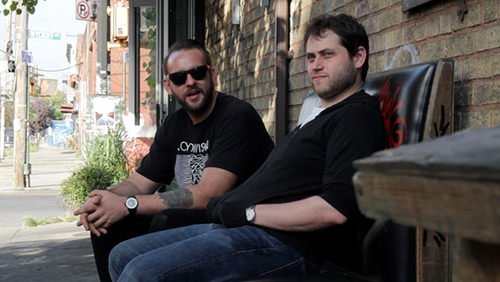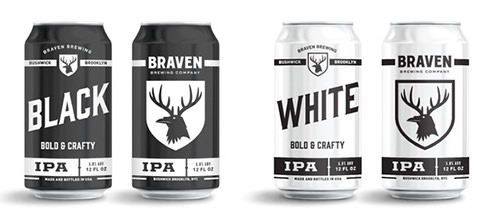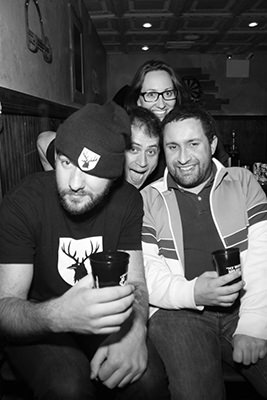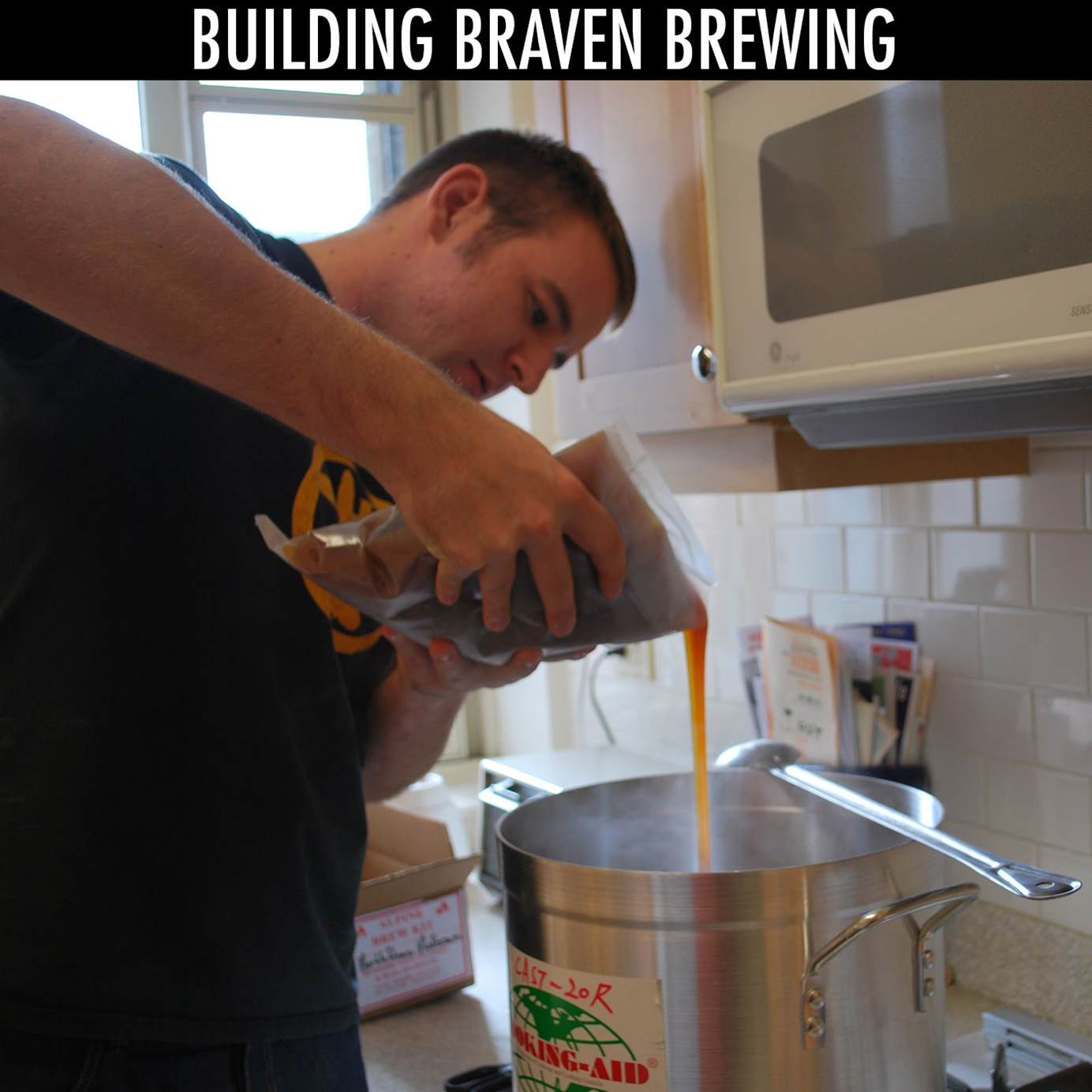The hobby of homebrewing is at an all-time high right now, with more people than ever carving out room in their schedules to brew beer. What once used to be a hobby for hardcore beer buffs – or those who had limited access to good beer – has turned into a phenomenon. More people get into homebrewing every day – from 2012 to 2013 (the most recent time that data was available) for example, homebrewing in America rose by 26%. These homebrewers are taking it incredibly seriously- they aren’t just people in their garages with a bucket and a burner; many homebrewers now have setups that could rival real breweries, which means that eventually, these weekend heroes are going to start to consider turning their hobbies into actual jobs.
The exploding homebrewing trend has coincided with the rapid growth of craft beer, with a brewery a day currently opening in the U.S. But going from brewing in your kitchen for friends and family to brewing on a mass scale for a paying public isn’t easy. It takes a large investment of capital, navigation of our country’s confusing liquor laws and a major commitment of time if you’re even going to begin to consider selling beer to the general population – not to mention the fact that any new brewery is now entering a more saturated market than ever before. Yet, every day, people decide to try.
One such new craft brewer is Braven Brewing, based in Bushwick, Brooklyn, a former working class neighborhood that’s been deemed the city’s next Williamsburg. The brainchild of two close friends, Braven has agreed to let VinePair accompany them on every part of their entrepreneurial journey, from developing their first recipe to making their first sale and trying to raise money. Over a four-part series, Braven will let us tag along to experience their highs and lows, all while they try to succeed and thrive in the crazy world of craft beer.
Sign up to be notified when we publish additional entries in the series, Building Braven Brewing.

The idea for Braven, and brewing beer in general, occurred in a way that will feel incredibly familiar to almost anyone who’s ever started brewing beer with their friends. “I was working as an attorney and Marshall was getting his MBA, and we were G-Chatting during the day about how he really needed an activity as a study break and I needed a way to relieve the stress of practicing law,” says Braven Co-Founder Eric Feldman. “During our chat, Marshall sent me a link to a homebrew kit he’d been staring at online and I literally couldn’t believe it: in another open tab on my screen, I was staring at the exact same beer kit. I sent Marshall a screenshot of my computer, and we decided that either Google’s ad placements were really good that day, or it must be fate. We were meant to start brewing beer together.”
The first few beers that homebrewers make aren’t usually ones they feel confident about selling. They’re usually drinkable, and fun to share with family and friends, but much like someone who cooks their first steak and doesn’t immediately decide to open a steakhouse, brewing is initially just something fun to do, with the added bonus that you’re creating alcohol. “We first started with clone recipes of beers that we used to enjoy,” says Eric. “The first was a Newcastle clone, since that was the beer Marshall and I used to drink all the time in DC. After that we made Red Ale and then a Belgian Wit. They were all pretty good, but they definitely weren’t beers you’d drink and say, man we should own a brewery.”
These still weren’t beers we thought we’d ever sell, but our friends and family were responding well to them, so we gained confidence.
But Marshall and Eric got better, and as they perfected their craft, they became more serious. Marshall came from a marketing and branding background, and he eventually started making logos and labels for their beers, all under the banner of East Village Brewing Company. “We were just having fun,” Eric says, “these still weren’t beers we thought we’d ever sell, but our friends and family were responding well to them, so we gained confidence.”
Real confidence, however, doesn’t come from friends and family digging the beer, it comes from complete strangers responding well to it, so Eric and Marshall decided to take part in author Josh Bernstein’s home brewery tour. “Josh was running these tours where he’d take craft beer buffs into the homes of three or four homebrewers on a Saturday afternoon, and the people on the tour would taste the beer and give feedback. “We thought it’d be a really cool thing to take part in and I can’t remember if we found Josh or he found us – at the time we were running a homebrewing blog – but somehow we wound up on his second tour,” Eric recalls. On the tour, Josh brought twenty people into Eric’s Stuyvesant Town apartment to taste their creations and the response was extremely positive. “Since we’ve launched Braven, we’ve actually reached back out to Josh and he remembers his visit to my apartment almost three or four years ago,” says Eric. “He kept notes of all of his visits and he said that after ours, he wrote down that we showed promise and that he should keep an eye on us. That was pretty great praise. Now he’s seeing our beer on the shelf.” We’ll get to how Braven got their beer on the shelf later in the story.

After the brewery tour, even with the praise and positive feedback, Marshall and Eric didn’t rush to quit their jobs. In fact, the idea of opening a brewery and making this a legitimate endeavor wasn’t even something Eric was thinking about — but Marshall was. “Marshall has an entrepreneurial background; he’s started businesses before, and he wanted to start something again that would allow him to work for himself,” Eric told me. “We started talking about the idea, but I wasn’t really sure how serious he was, especially since I was still at least comfortable at my law firm. I didn’t know if I was ready to leave. Finally, Marshall sat me down and said ‘alright, I don’t want to work for anyone else, I don’t want to do anything else, we’ve talked about this for three years as kind of a joke, a what if, or wouldn’t it be cool. Why don’t we actually sit down and see what it would look like on paper?’ So I said go for it, build a business plan.” And that’s exactly what Marshall did. They officially formed the company in August of 2013.
To develop the business plan they built a budget, ran the numbers and did market research. The first bit of research was a trip to the Mecca of craft beer, Colorado, where they visited 15 breweries in six days, trying out over 120 different styles of beer. “We wanted to get a really strong sense of what was out there and what seemed to be resonating with beer consumers,” Eric says. “It was one thing to have a business plan showing growth, with the numbers all lining up perfectly, but we wanted to check those numbers and predictions against businesses that had some history and could share their experience.”
We decided to try and raise $20,000 to fund building the brand. We wanted to build awareness of Braven before a single beer was released, and Kickstarter seemed like a great way to do that.
From there, it was time to determine what neighborhood in New York City would actually make sense as a location for the business, or if New York even made sense at all. Craft beer is such a big business at this point, with such market saturation, that one really needs to be strategic about where to open, because competing in an already crowded market is a sure way to fail.
Marshall had lived in the Bushwick neighborhood for a few years at that point, and he and Eric loved the historical connection the neighborhood had to the city’s brewing past – prior to Prohibition there were over two dozen breweries in Bushwick producing over 10% of America’s beer. It also helped that at the time there weren’t any other breweries calling Bushwick home; Braven could own the neighborhood and its story. They ran an analysis and came to the conclusion that not only was Bushwick ideal, but that demand for New York based craft breweries was still growing at a steady pace; if they hustled and made the right decisions, they’d have a legitimate chance to succeed.

With their business plan in hand, the duo decided that the next step was to launch a Kickstarter campaign, even though they still didn’t have a strong idea of where their physical space would ultimately be, and there was no actual product to speak of. “We decided to try and raise $20,000 to fund building the brand. We wanted to build awareness of Braven before a single beer was released, and Kickstarter seemed like a great way to do that.”
Part of Braven’s success is due to its founders’ tenacity. “We emailed everyone we knew trying to get press about this fundraiser,” says Eric. They believed Braven Brewing could be a reality, so their funders believed it as well. “Our strategy was simple: talk a lot and be shameless, email everyone, go after stories, go after press, if they don’t answer you hit ‘em up again, if they don’t answer you hit ‘em up again. And if that doesn’t work, go on to the next one. I wrote like six different press releases. We threw three different parties, which is not something that people at Kickstarter typically do; it’s all in the cloud, it’s all kind of up here somewhere. But since we couldn’t give anyone product, we had to make it real somehow. So we gave away samples of homebrew to say, ‘this is what we’re up to,’ and then would hang out at a bar and put together themed parties.” The result was press in places like Maxim, Bedford & Bowery and Bushwick Daily, which resulted in the guys raising $23,000 — $3,000 over their goal.
While $23,000 is a nice amount to have raised, it isn’t nearly enough to open a brewery, but the funds allowed the guys to start filing the appropriate paperwork and laying down the seeds for their idea. It was around this time that they also developed what would become their first beer, a White IPA. People who tasted it loved the beer, and now the guys had to figure out how to brew it.
The $23,000 went fast, disappearing on logo design, legal and all of the other necessary expenses to simply start a company in the U.S. But Braven had built momentum and it seemed the market would be ready for the beer — they even had interest from a few distributors, despite not having a product, or any clue how they were going to manufacture it.
And this was when Marshall and Eric reached their first crossroads: up until this point, they had been able to do everything out of their apartments, building a brand despite not having a product. They were even both still able to run Braven on the side, while Marshall continued to work as a bartender and Eric practiced law. But now it was time to get serious. Not only did the guys need to go all in, they needed to decide how they would pull off the next phase of their business. Would they attempt to raise a large investment round, as others had done, in order to build their own brewery, or would they capitalize on the momentum they had built, liquidate their own savings, and contract brew their first batch of beer, on the blind faith that the marketing momentum they had built would at least cause people to try the product and let the beer speak for itself?
It was a decision they certainly weren’t going to take lightly…
Next Month: What actually makes a craft brewery legitimate?
Sign up to be notified when we publish additional entries in the series, Building Braven Brewing.
